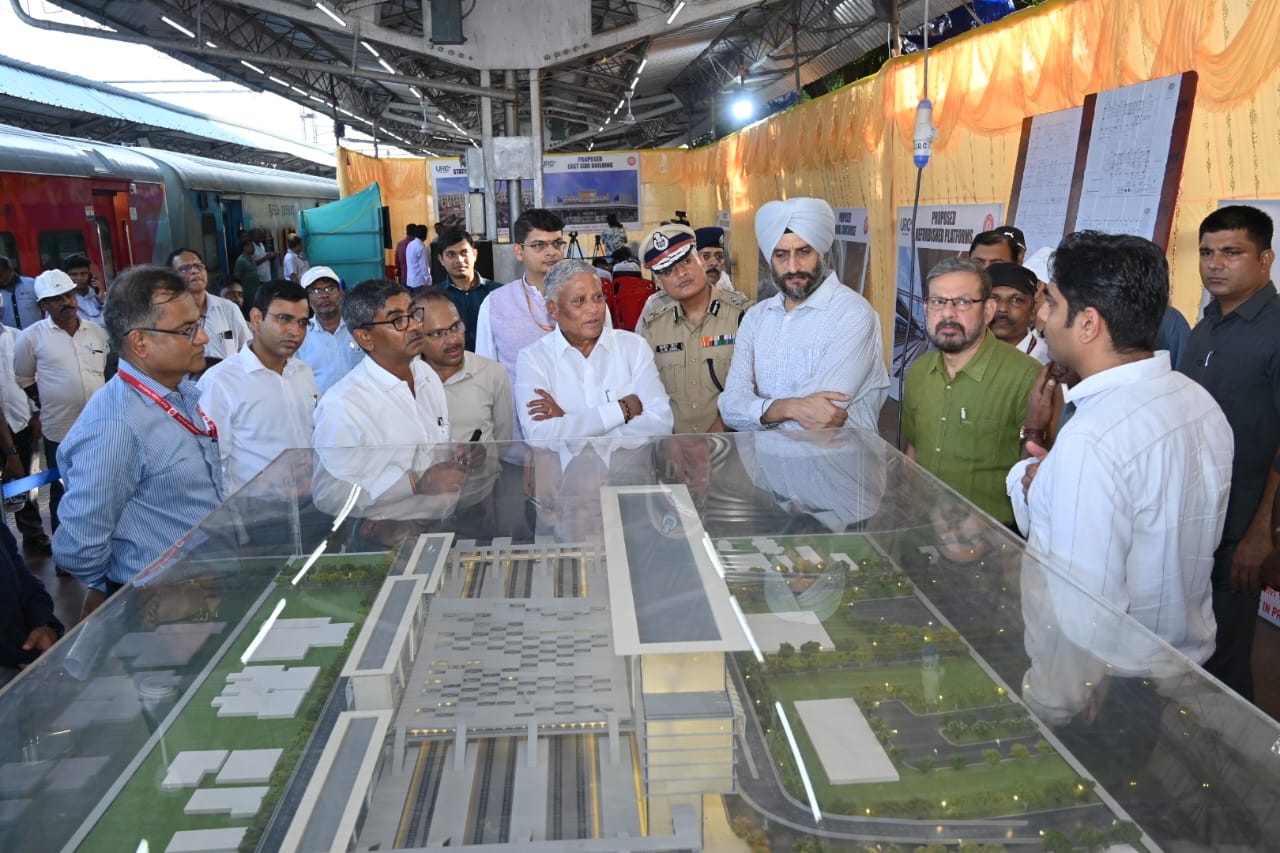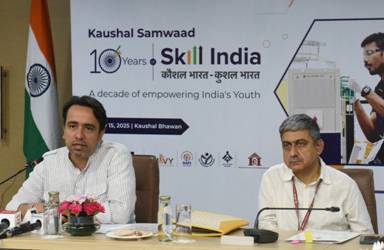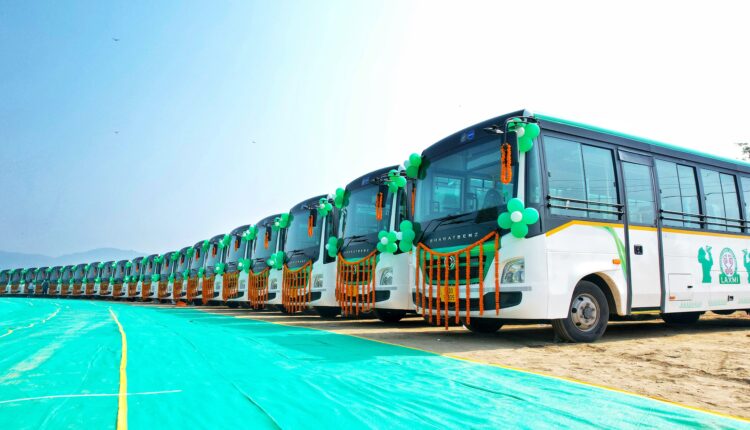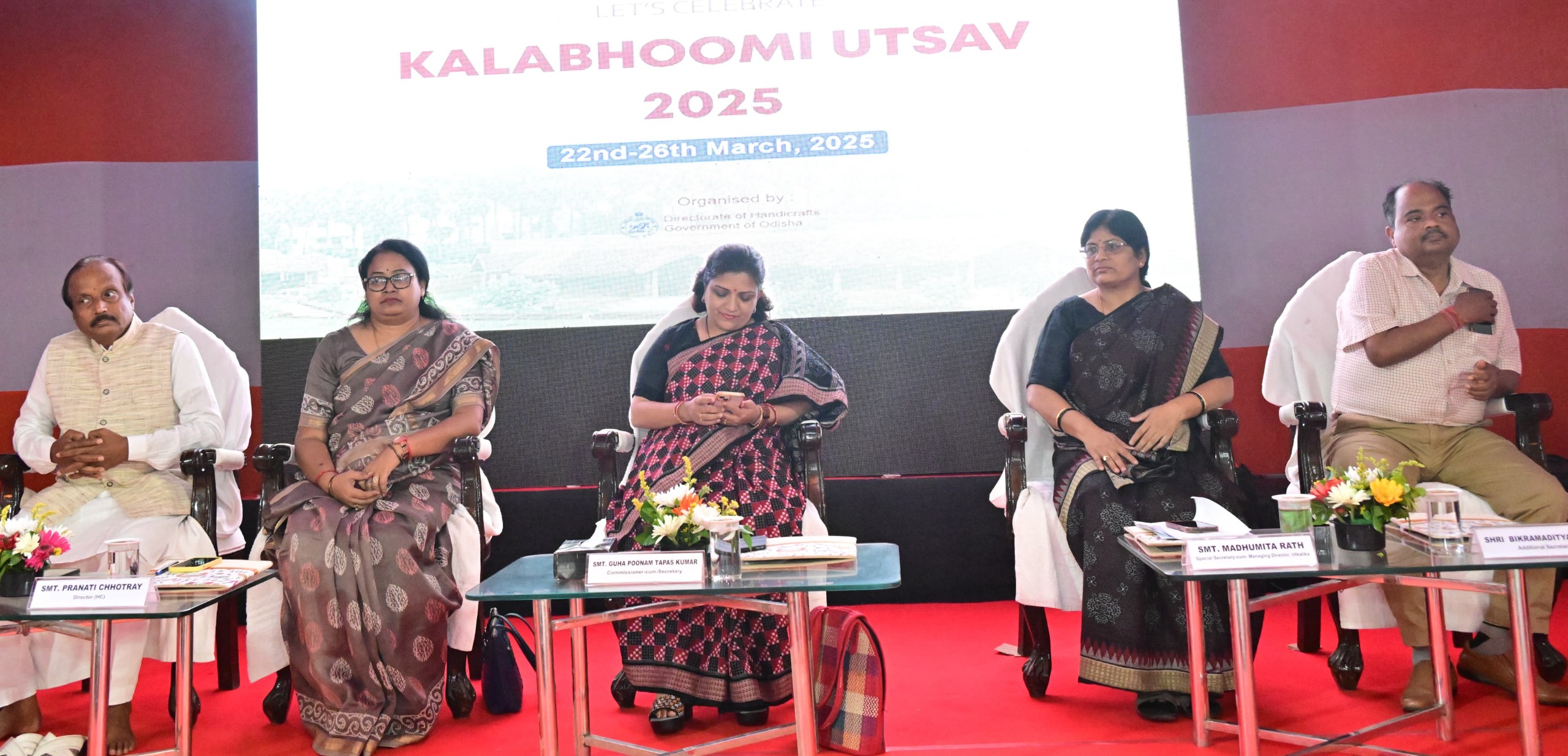New Delhi: The 26th meeting of the Prime Minister’s Science, Technology & Innovation Advisory Council (PM-STIAC), chaired by Professor Ajay Kumar Sood, convened today at Vigyan Bhawan Annexe, New Delhi. The meeting gathered leaders from government, academia, and industry to explore partnership models for advancing research and innovation (R&I) in India.
Key government officials in attendance included Dr. V.K. Saraswat, Member, S&T, NITI Aayog, Dr. Parvinder Maini, Scientific Secretary, Office of the Principal Scientific Adviser to the Government of India, and secretaries from various departments such as Biotechnology, Space, Health Research, and Defence R&D, among others. Prominent academic leaders, including Prof. Govindan Rangarajan from IISc Bengaluru and Prof. Rajat Moona from IIT Gandhinagar, also joined the discussions. Industry representatives from NASSCOM, Biocon, and FICCI contributed insights into advancing R&I collaborations.
In his opening remarks, Prof. Sood emphasized the need for stronger industry-academia partnerships, particularly through the Anusandhan National Research Foundation (ANRF), to drive socio-economic benefits from the country’s R&I efforts. He highlighted that collaboration between government, academia, and industry is essential for enhancing innovation in key sectors.
Dr. V.K. Saraswat urged the stakeholders to identify priority areas for industry-academia collaboration, stressing the need to make India a product-driven nation by focusing on design, advancing academic research, and building expertise in frontier technologies. He also called for greater exposure of academia to industry and fostering trust in indigenous R&D.
Presentations at the meeting showcased the triple helix model of government-facilitated industry-academia partnerships, focusing on sectors such as information and communication technology (ICT), life sciences, space, pharmaceuticals, and electronics. Discussions centered on overcoming challenges, aligning goals, and leveraging such partnerships for India’s growth. Participants also emphasized the importance of aligning incentives between government, industry, and academia to achieve impactful outcomes.
The meeting concluded with recommendations for expanding the triple-helix model to include startups, accelerators, and venture capital funds to drive innovation. Prof. Sood reiterated the need to bridge the gap between current resources and future demands to ensure that R&I addresses India’s critical needs, stressing the importance of long-term government investment in both basic research and cutting-edge technologies.





